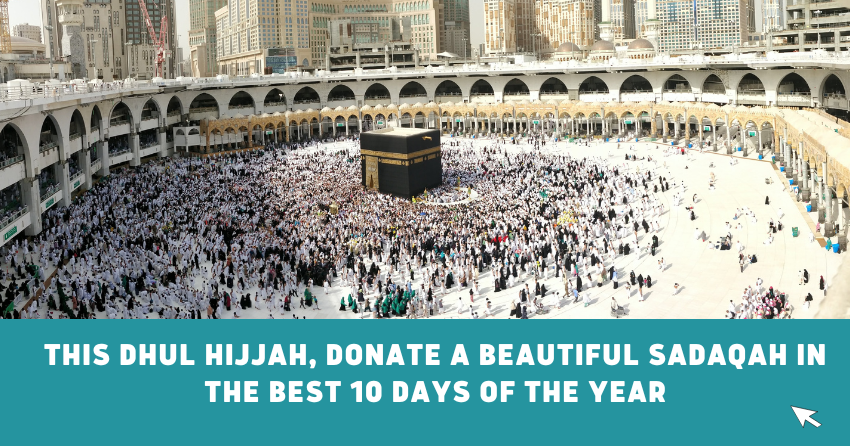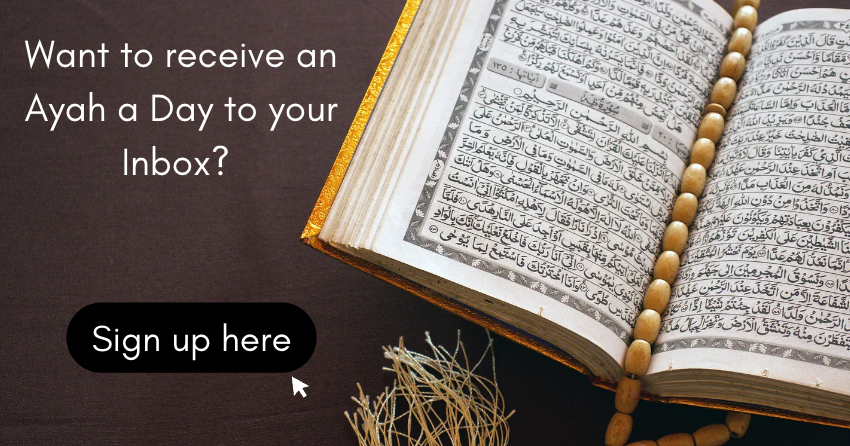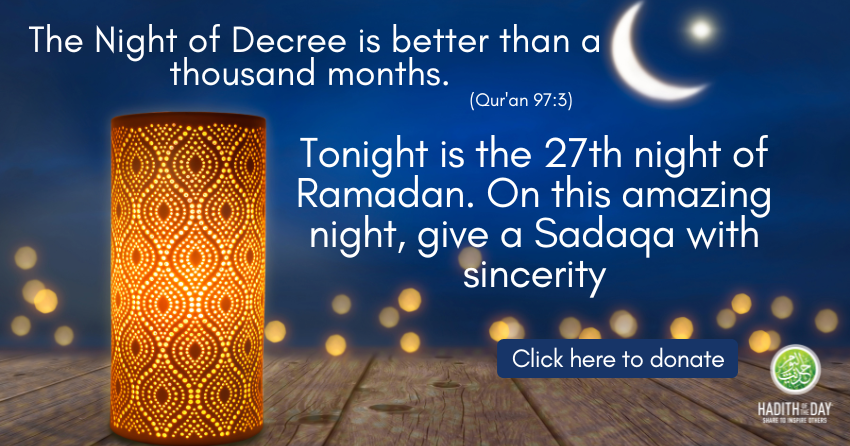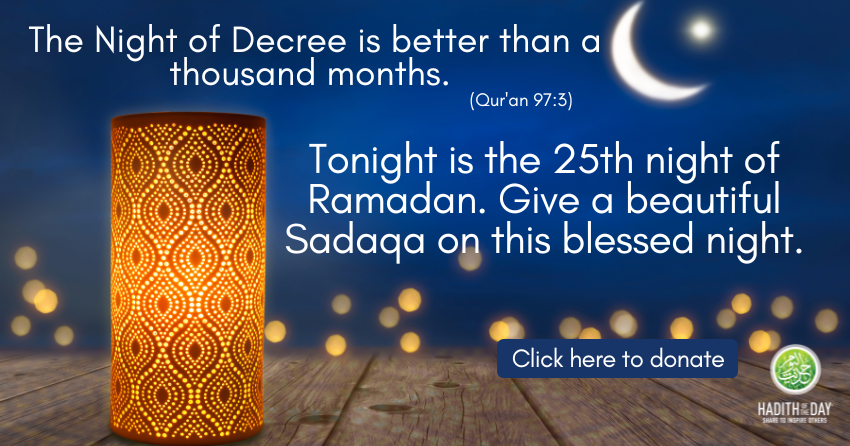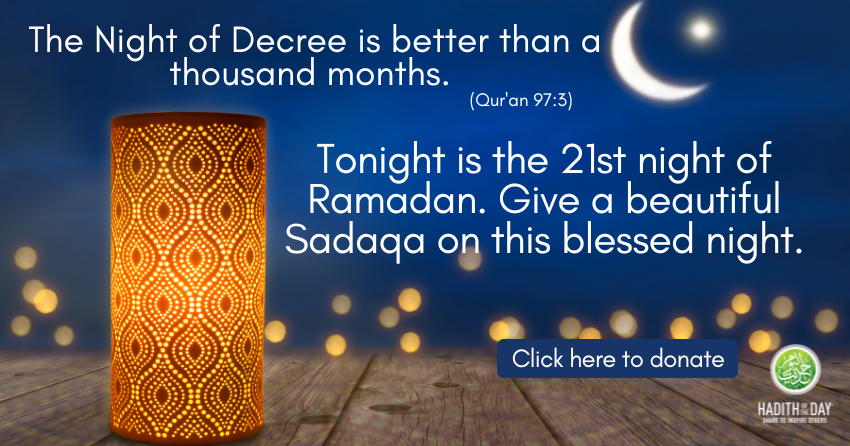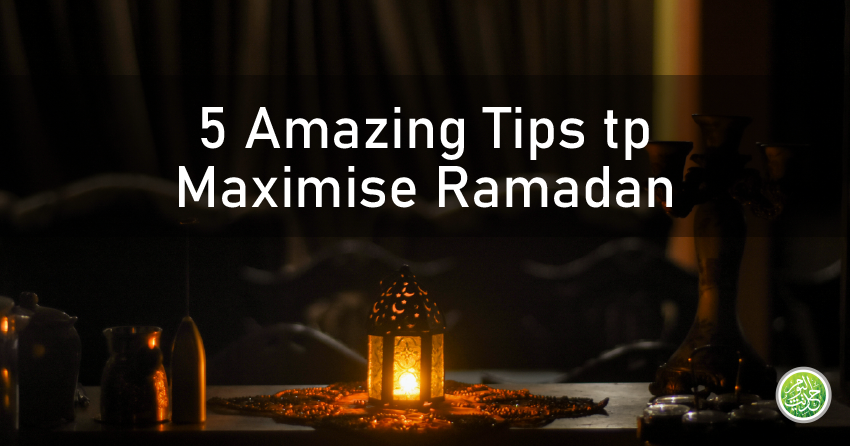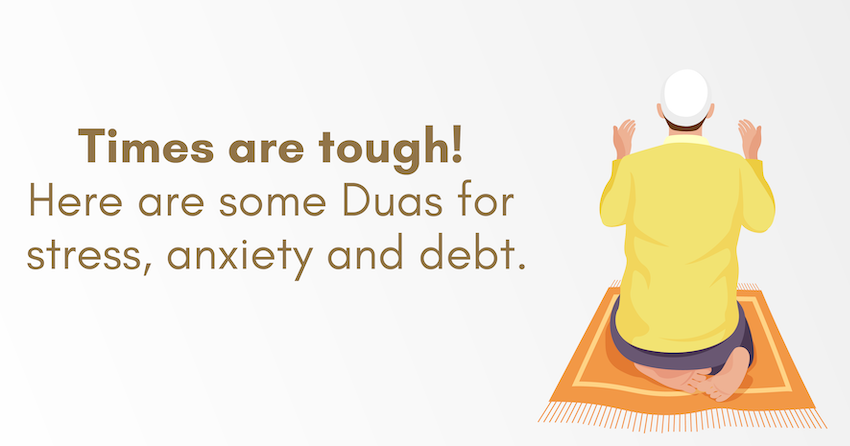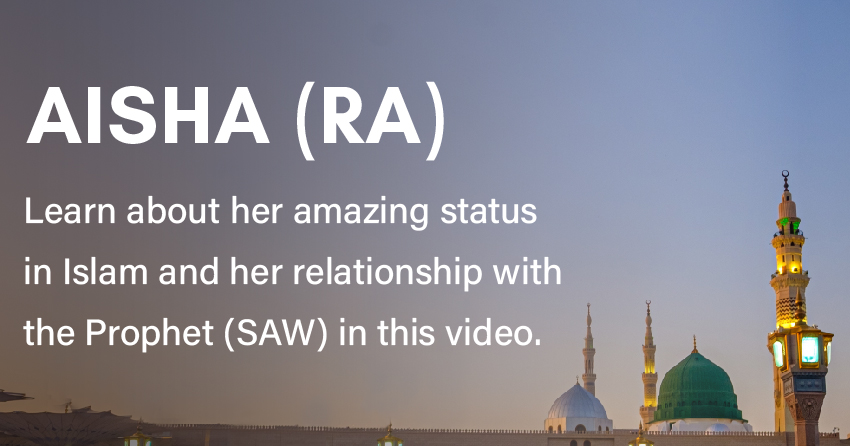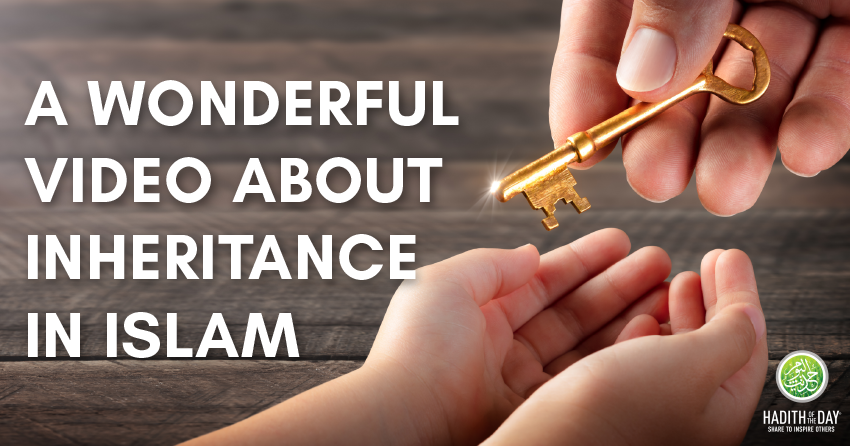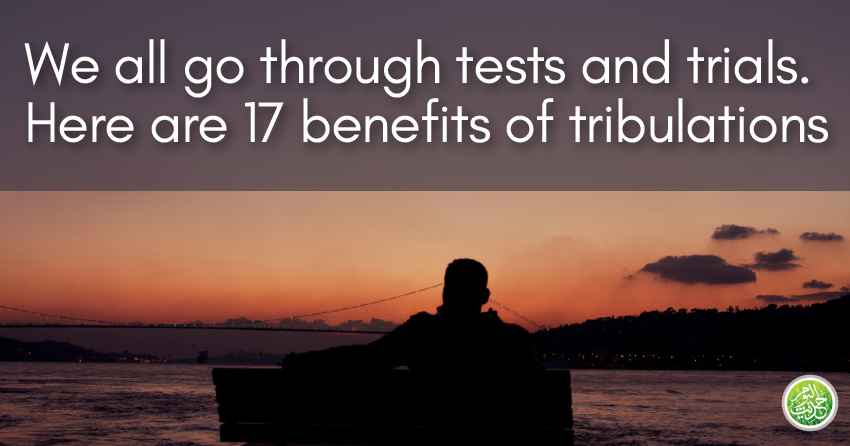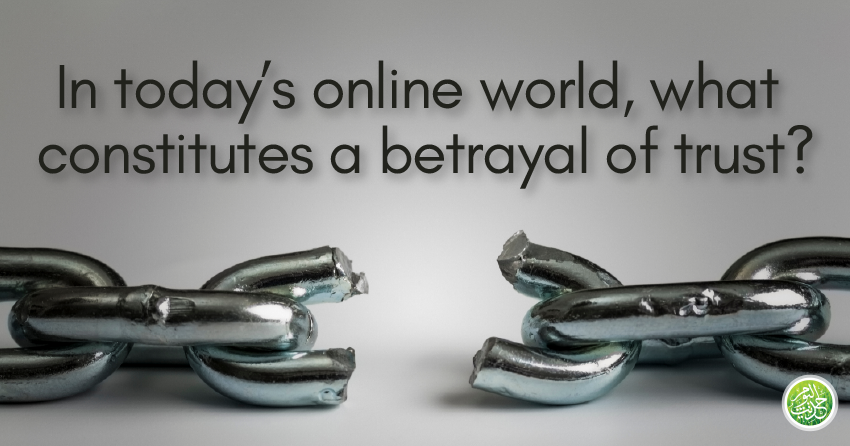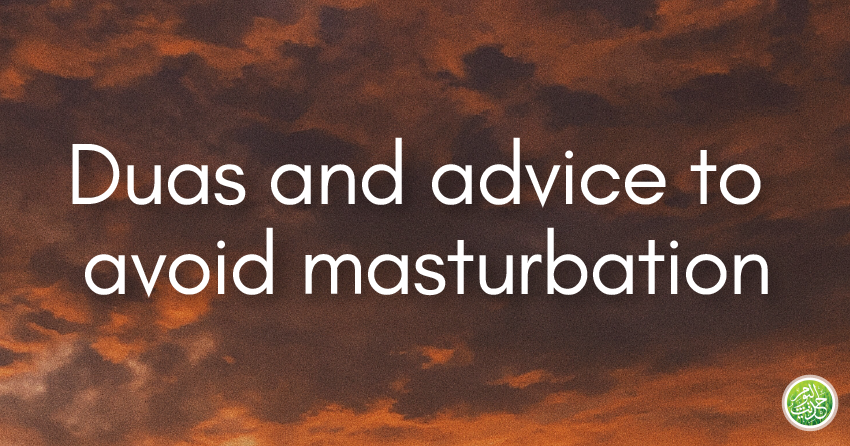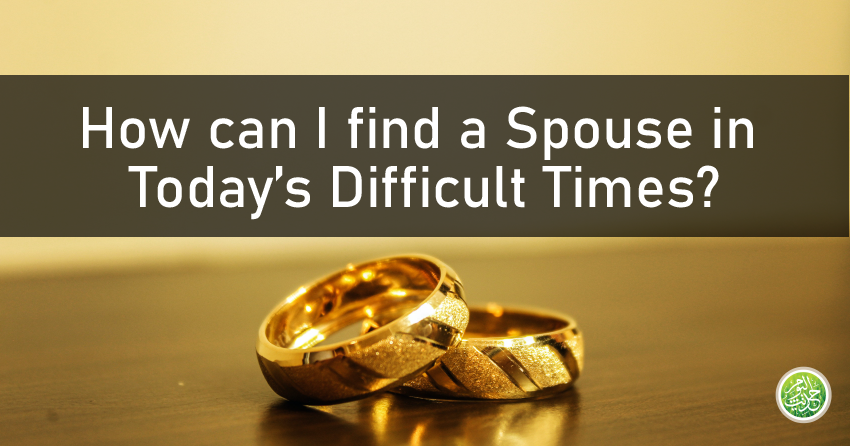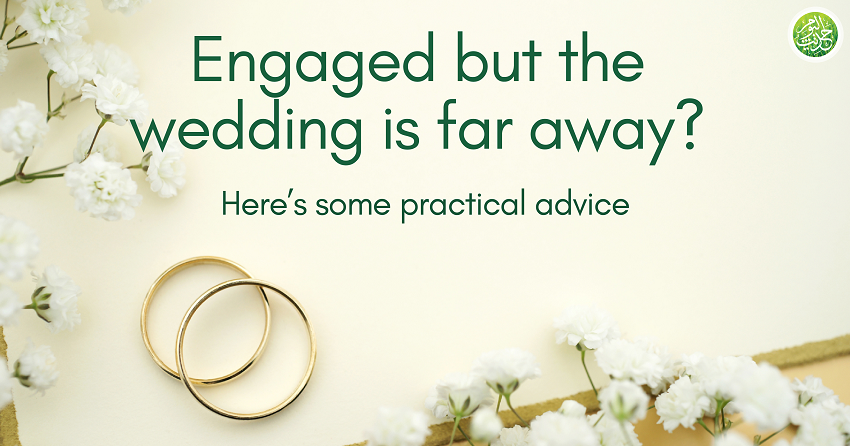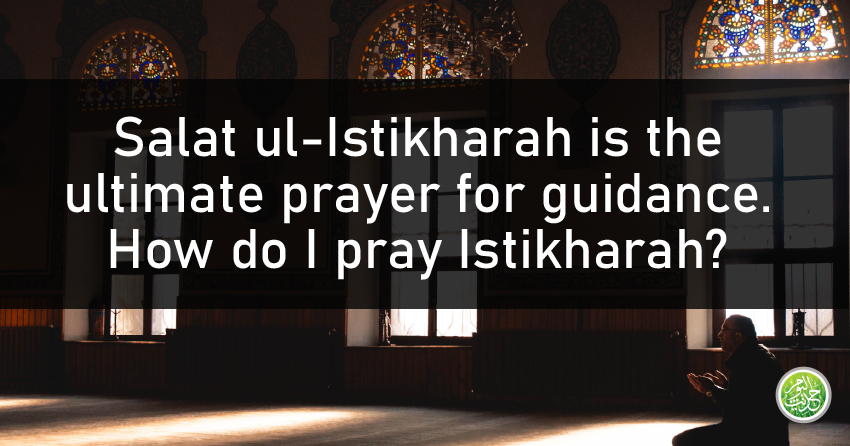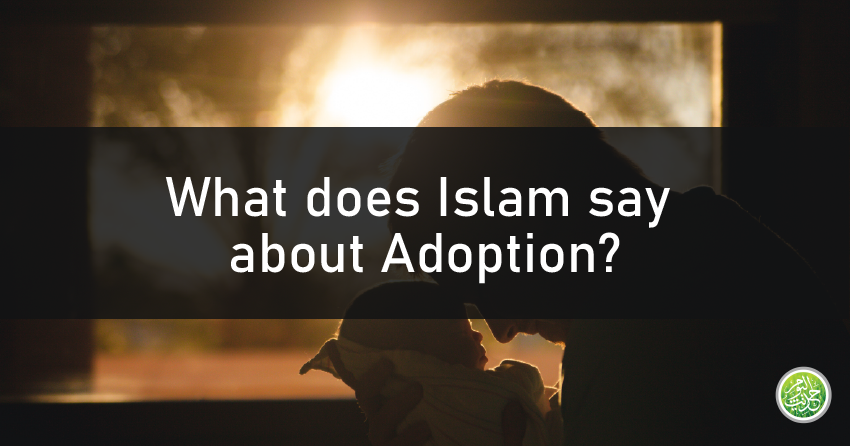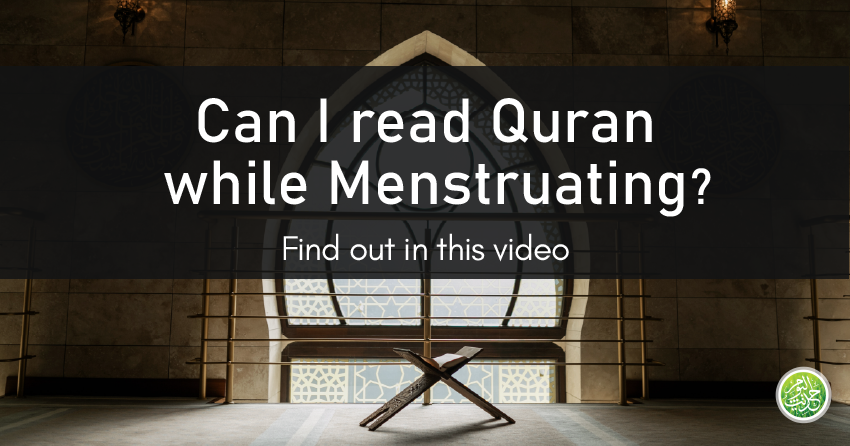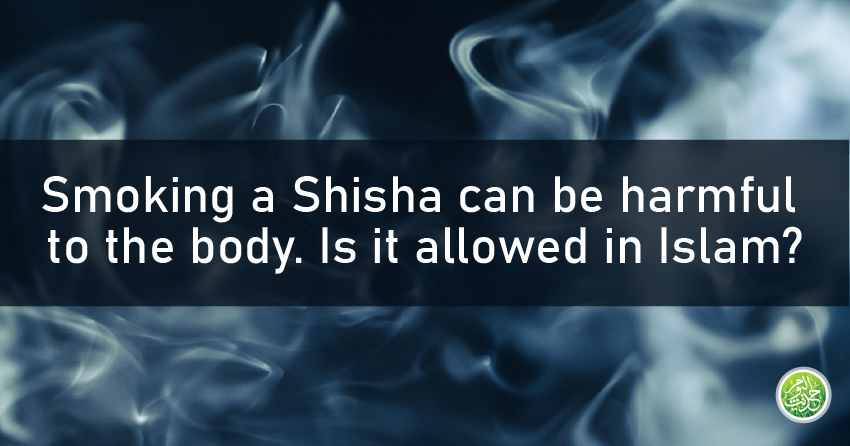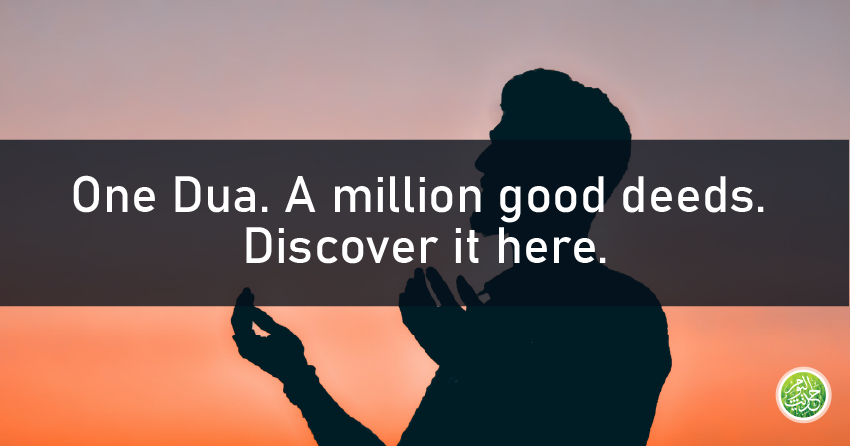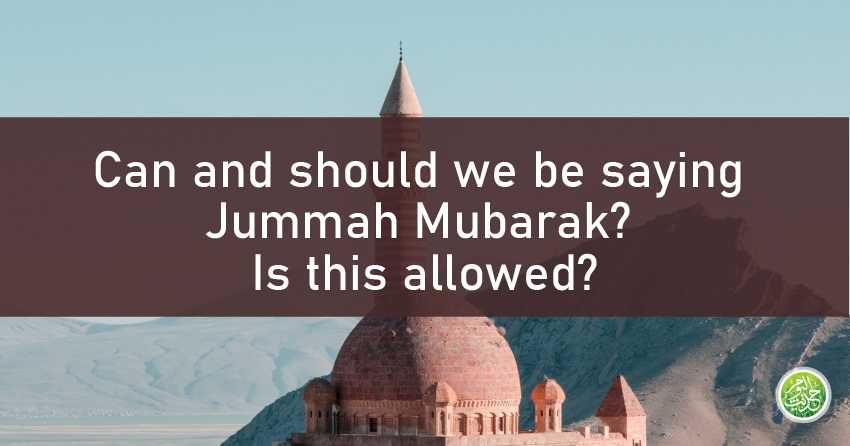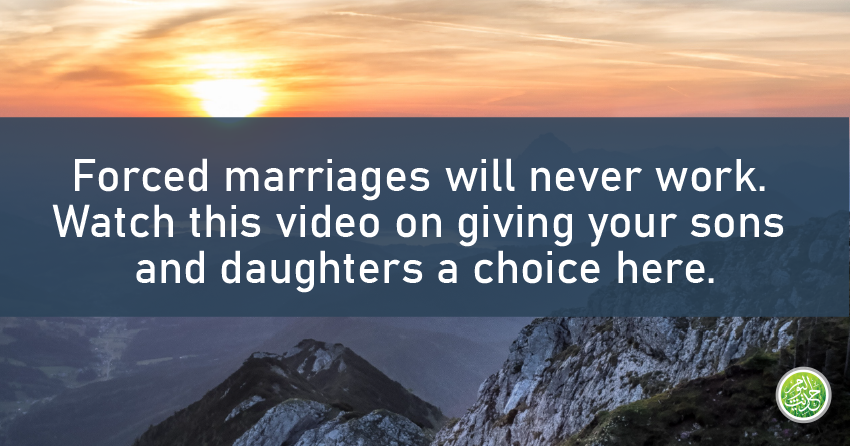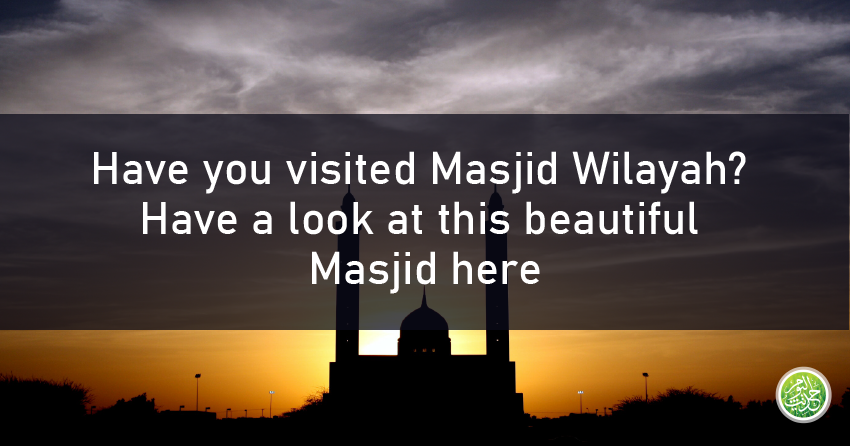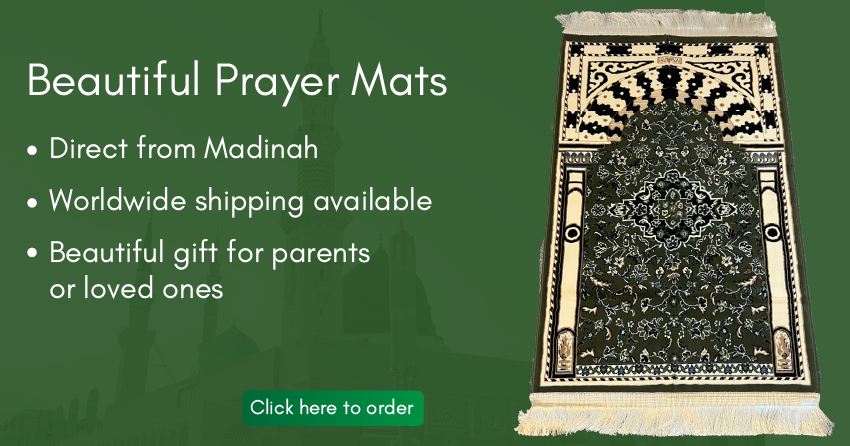Isra and Mi’raj – Part I

The month of Rajab is most famous for the incident of the night journey and ascension of Prophet SAW to the heavens, in Arabic known as Al-Isra wal Mi’raj.
The exact date of this journey is unknown, however all Islamic scholars are in agreement that it took place in the month of Rajab. Al-Isra refers to Prophet SAW’s journey to Jerusalem where he led all the previous prophets in prayer, and Mi’raj refers to his journey to the heavens.
This miraculous journey is very significant and has a direct impact on the daily lives of Muslims. It was during this journey that our Prophet SAW had the glimpses of wonders of paradise and torture of hellfire and was granted the gift of Salah (obligatory prayers). Apart from these, there are many other lessons that we can learn from it, the main one being to reinforce our reliance on Allah SWT.
Life of Prophet Muhammad SAW before Isra and Mi’raj
According to the majority of reports, the journey took place roughly about the end of the ninth year or the early part of the tenth year after the beginning of revelation. These were difficult times for the Prophet SAW, for despite devoting all his time inviting people towards Islam, only a handful had responded to his call. Leaders of Makkah were brutal in their aggressive tactics against Islam and their persecution of the Prophet’s companions was unrelenting.
During this time, the Prophet SAW had two main supporters: his wife, Khadijah RA, who was a source of constant emotional, moral and financial support for him; and his uncle Abu Talib, who although never embracing Islam himself, was the source of protection for the Prophet SAW within the Quraysh community.
Khadija RA was a pillar of support for the Prophet SAW during the first years of revelation. She was the first woman who embraced Islam, and gave her unconditional, unquestioning and unwavering support to him in his efforts to spread the message. She was a very noble and dignified person and the Prophet SAW often turned to her for wisdom and counsel. He frequently relied on her insight and opinions, which time and time again proved to be correct.
It is a known fact that she was one of the wealthiest business-owners in the Arabian Peninsula when she married the Prophet SAW. Less known is that she subsequently sacrificed all her wealth in the path of Allah SWT and passed away destitute.
So outstanding was her moral character that before she died, she received the glad tidings of her abode in Paradise. Very few people in the history of Islam have been honoured such an accolade by Allah SWT Himself.
Therefore, her death, after twenty five happy years of marriage, left a devastating impact on her husband. It created a void in his heart that no one was able to replace since. Even years after her death, the Prophet SAW used to grieve over her loss and recount her outstanding faith and support for him.
The death of Khadija RA was shortly followed by the death of Abu Talib. While Abu Talib never embraced Islam, he granted protection to the Prophet SAW from persecution. The Quraysh observed a strict societal hierarchy and abided by strong codes of conduct. Given Abu Talib’s highly respected status within the community, the Quraysh refrained from harming the Prophet SAW while Abu Talib was still alive. With Abu Talib’s death, the sanctuary over Rasulullah SAW against the tyranny of the Quraysh came to an abrupt end.
With no one left to support or grant him protection, the small Muslim community was exposed to the persecution of the Quraysh as never before. The Prophet SAW was, for the first time since the start of the revelations, all alone. All means of physical, financial and emotional support had been stripped from him, and his own birthplace had become dangerous territory.
At the invitation of the residents of Taif, a town some distance away, the Prophet SAW went there to preach the message of Islam and to seek asylum from the Makkan oppressors. However it turned out to be an ambush. Instead of finding a more hospitable atmosphere, the children and mentally disabled amongst the community of Taif were made up to line up and hurl rocks and stones to him. The shocking treatment that he received there turned out to be even worse than his hometown that rejected him. The population mocked, attacked and chased him out of town, but even as he was bruised and bleeding, Rasulullah SAW only faulted himself for his shortcomings and prayed for the townspeople and their descendants to be granted forgiveness and guidance.
Ridiculed by society and with multiple accusations of being a liar, possessed, and a madman, hurled at him, he had no one to share his burdens with. It is understandable that this turbulent period of his life was referred to as the Year of Sadness or ‘Aam al Huzn.
Isra
It was during these trying times, when circumstances had reached desperate proportion, that Allah SWT sent Angel Jibril AS to take Rasulullah SAW on the most glorious journey ever experienced by anyone on earth.
The Prophet SAW was standing near the Ka’abah one night when Angel Jibril AS appeared with Burraq, a beast described as being between a mule and a donkey. Its speed was such that its hooves would touch where its eyes gazed. The part of journey known as Isra or the night journey took place between Mecca and Jerusalem. Burraq bore Prophet SAW on its back and in an instant transported him to Masjid al-Aqsa in Jerusalem, a journey that at the time took weeks overland. Here, at the third holiest site in Islam, the Prophet SAW led all the Prophets in prayer.
When later questioned about it, the Prophet SAW was able to recount the details of this journey, the places, buildings, and even the caravan that was on its way from Jerusalem with perfect accuracy; this not only verified his claims and discredited the Quraysh mockery, but also strengthened Muslims in their faith.
Mi’raj
From Masjid Al-Aqsa, Prophet SAW went to the second part of his journey known as Mi’raj or ascension to the heavens.
Accompanied by Jibril AS, he ascended from heaven to heaven and was introduced to some previous prophets of Allah including Adam, the father of all mankind; Isa and his cousin Yahya, Yusuf, Idris, Harun and Musa— peace and blessings of Allah be upon them all.
In the seventh heaven, Prophet SAW saw Al-Baytil-Ma’mur, a building that is identical to the Holy Ka’abah in Makkah. Al-Baytil-Ma’mur is situated in the heavens exactly over the earthly Ka’abah. Each day, a continuous batch of 70,000 different angels enter it to worship Allah, a practice that will last till the end of time. There, Muhammad SAW met and exchanged greetings with his father-in-prophethood and the friend of Allah, Ibrahim AS, who incidentally was the Prophet who built the Holy Ka’abah on earth.
At Al-Baytil-Ma’mur, (and on some other reports, while they were still in Masjid Al-Aqsa) the Prophet SAW was offered a cup of wine and a cup of milk and was asked to choose between the two. He chose milk and at this Jibril AS remarked that Prophet SAW had chosen fitra, nature, over the artificial and thus he and his followers will be on the natural religion of Islam.
Muhammad SAW witnessed the glories of Paradise, which is promised to the followers of truth. He was also shown hellfire and the horrific tortures, which await those who perpetrate corruption and sins on earth. He related to us the punishments specific to some crimes such as backbiting, adultery, usurping the money of orphans and eating riba; things that many commonly indulge in and need to be warned against in strictest terms.
Finally, the Prophet SAW ascended to Sidrat ul Muntaha the boundary beyond which no one, not even Jibril AS can cross. At this point, the angel parted from the Prophet SAW and he went on alone to face his Lord, Allah SWT.
It is not known in which form the Prophet SAW beheld Allah SWT. There is speculation on whether he saw Allah SWT in His true form or whether he saw the light of Allah. However, such incidental details do not make a difference in the overall lesson and wisdom that we can gain from Isra and Mi’raj. What is important is that during this meeting, the Ummah of Muhammad SAW was given gifts of mercy previously unknown to any nation.
Prophet SAW received two gifts for his ummah – the format of our prayer and forgiveness.
Continued – Isra and Mi’raj – Part II
Source: Muslim Footsteps
Since You’re Here… we have a small favour to ask.
In these extraordinary times, millions rely on HOTD for daily uplifting & inspiring content. Established since 2009 and with your kind support we’ve seen readers elevate their Imaan & strive for better on a daily basis. We’re committed to keeping our content freely available and open for all readers. Every contribution, however big or small, makes a difference and help us spread knowledge to millions daily
HOTD is something special, it’s a place where people can come to be inspired, to renew their faith, to learn and share knowledge, to fall in love with our faith and also our Prophet (peace and blessings be upon him and his family).
All content on HOTD is free. We believe what we do in this life builds for the next one and we work tirelessly with the aim to please Allah and inspire the global Muslim community as
well as providing information and inspiration for anyone interested in Islam. We simply cannot do this without your support and your support helps us continue our services.
If there were ever a time to join us, it is now. You can support HOTD and help sustain our future. Support Hadith of the Day and make a one-off donation or give regularly from as little as £10 a month Jazak’Allah Khayr – whatever you donate will come back to benefit you Insha’Allah as whatever is spent in the way of Allah is an investment in the future and the next life. Thank you.






